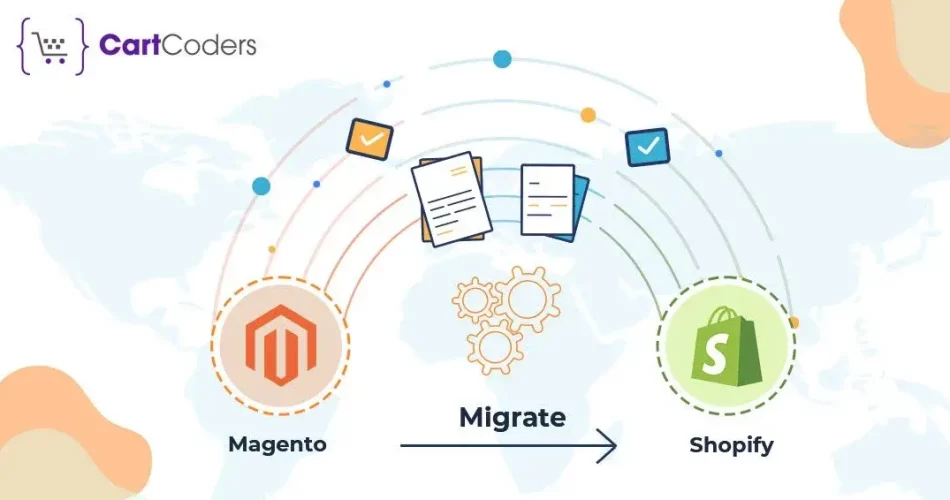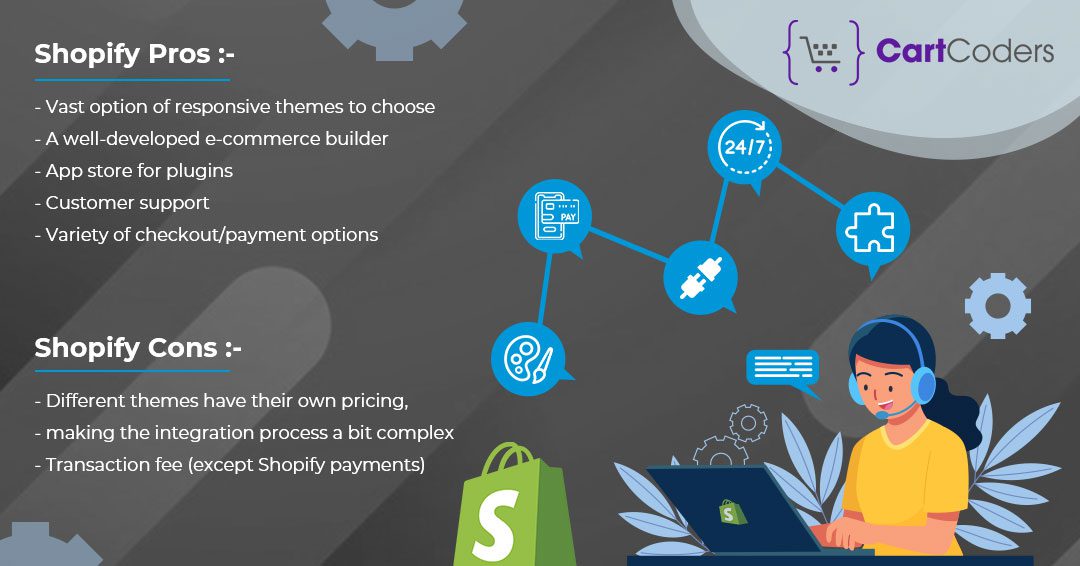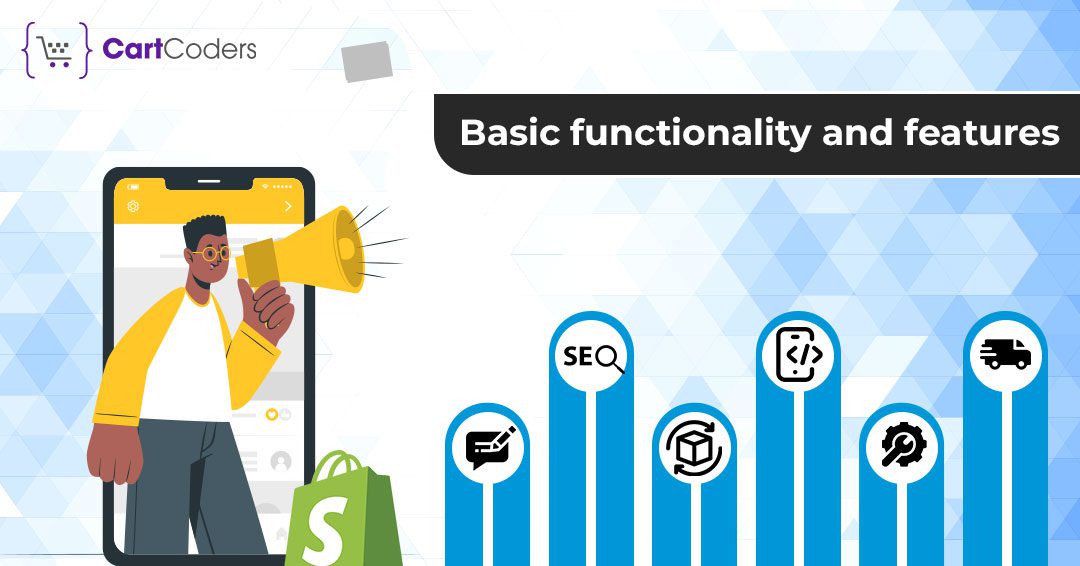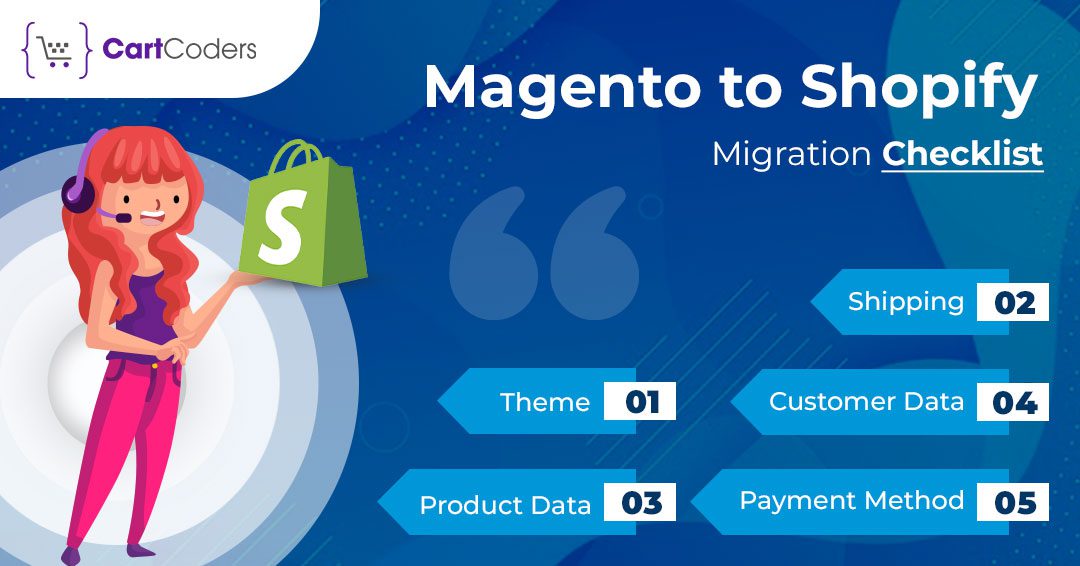Custom Engagement Solutions
Unlock tailored solutions with a free, no-obligation strategy session.
Expert Developers & Engineers on Demand
Scale Your Team with Skilled IT Professionals
Expert Guidance for Digital Transformation

When it comes to selecting the best e-commerce platform, Magento and Shopify come to the forefront, as these two are the most preferred options for merchants that offer ease of use. Not withstanding the numerous shortcomings, both have managed to score well by offering superior functionalities which enhances the workings of an online store.
While Shopify has gained its strong presence in the all-in-one hosted space, Magento scores well when it comes to complex e-commerce websites. Here, we pit Shopify vs Magento and see which one suits best for your business.
Let’s start with the basic pros and cons of both Shopify and Magento:

Both the platforms have their own set of advantages and disadvantages which can affect the basic working of your e-commerce website.
Advantages of Shopify
Disadvantages of Shopify
Advantages of Magento
Disadvantages of Magento

Both Shopify and Magento offer basic store functionalities that are fair enough to use and maintain for your e-commerce website. However, Shopify is relatively easier to set up and use in comparison to Magento, the reason why many merchants are Moving from Magento to Shopify. Given the fact that there are basic features like shopping carts, checkout modules, collections, and product pages embedded both in Shopify and Magento, the latter has more advanced features while the former needs an app for added functionality and features.
Shopify allows unlimited products in your store, so does Magento. On both the platforms you can create products and set up the checkout option seamlessly, but Shopify has an advantage here owing to its direct integration to drop-shipping inventory apps which are widely used globally.
Although both the platforms provide unlimited products uploads, it should be noted that server speed can affect the workings of the website in case of Magento, which doesn’t happen with Shopify as it is a wholly managed and hosted solution provider.
Calculation of shipping charges is flexible on both the platforms. Shopify integrates a few drop-shipping tools which give you an exact estimate of the shipping charges, which can help you to be transparent with your customers who are buying products off your e-commerce store.
Shopify scores better on this front, as it has more than 70 payment gateways integrated along with it, whereas Magento has a far lesser number of payment gateways. However, there’s an option of adding more payment gateways via third party add-ons on Magento. Shopify charges 0% transaction fees for its inbuilt gateway, while there’s a charge for using third party payment gateways.
Shopify has a disadvantage here with its Lite plan, but its other plans offer this feature. Magento on the other hand allows discount code creation.
Both the platforms provide a wide collection of themes and templates that suits your requirements. While the number of free themes offered by Shopify is limited as compared to Magento open source, they are more contemporary and designed according to latest trends as compared to the themes offered by Magento Open Source, this is perhaps one of the major reasons why Magento to Shopify Migration is rampant in the industry.
Shopify gets a big thumbs up here as it has more than 100 apps and add-ons which help in enhancing the functionality of your e-commerce store to a great extent. There are some interesting apps on Shopify associated with accounting, loyalty programs, email marketing and much more which is pretty interesting. Magento also has its fair share of apps and add-ons owing to its large open source framework. Both free as well as paid apps/add-ons are available on both platforms.
Both platforms have extensive SEO capabilities, which helps in driving more organic traffic to your store via search engines.
Both the platforms have flexible customization capabilities, via their well-designed interface, which allows you to edit the HTML/CSS code directly to give you the desired look for your e-commerce store. However, Shopify scores high on this point as it provides a simple, menu-driven interface that helps add or change the basic attributes of your store like fonts, colours, drop-down menus etc. Although, Magento also offers customisation feature, it is a bit difficult for those who are not well versed with programming and coding.
Additionally, Shopify offers a theme editor which helps you to change the look and feel of the theme. Also, it has the ability to add, delete or hide sections which are not useful for your e-commerce store. Shopify has an easy-to-use drag and drop section which helps in organizing the website well as compared to Magento which has limited features on this front.
You can add a blogging functionality via your Shopify theme easily, and it doesn’t require any coding or programming experience for integration, unlike Magento which needs an experienced person to customize this functionality.

Moving from Magento to Shopify require a few steps which need to be carried for a seamless transition. Here’s a brief checklist before you carry on the process
The most important part of your e-commerce store is its design. If you are planning to Migrate Magento To Shopify, make sure to first migrate your theme over to Shopify. In extreme cases where you are unable to carry on with the process, find a new one which suits best for your online store.
Your entire product list including its descriptions, pricing, images etc. need to be migrated well beforehand. This is perhaps one of the most important part which one should never miss out on or avoid.
Make sure the entire customer data is migrated which includes their addresses, order history, contact details and so on.
One of the most important things that needs to be attended is setting up your payment method on Shopify, which would be entirely different from what you were using on Magento. Make sure you search for the best and integrate one which suits your requirements to the core.
Lastly, configure your shipping settings on Shopify which includes things like shipping rates and delivery methods.
Now that you have prepared a checklist and implemented further action, it’s time to migrate to Shopify, which involves the following steps
Before you proceed to the next stage, it is important to use an automated migration tool, which helps in preventing data loss while migrating to a new platform. Backing up your data should also be considered in case something goes wrong during the migration process. Here’s what you need to do to make sure there are no mistakes whatsoever during the migration
Running a backup of your Magento before migration is crucial, as it ensures you have a copy of all your website data if some error occurs during the migration. Here are the three most important options to check before running this task:
• Database backup – Creates a backup of those files that are in use on local storage
• Media & File Backup – This includes both media content and its associated file streams together since the last sync
• System wholesale – This allows you to take a complete backup of your data
There are a few options available in front of you when migrating your design – replication of your current design or going for a complete redesign. You can choose one which suits best and add customizations or functionalities via apps. Here, replicating your current design is the easiest and simplest option if you are not planning for a major overhaul. A complete redesign can be a tedious job and should be considered only if you want to change the current design or make major changes.
Shopify covers a wide range of add-on functionality, with a number of apps and third party service providers via a simple plugin feature. For more complex integrations, you can hire a developer.
One of the most important aspects of Magento to Shopify Migration is moving your data from your Magento store, which includes products, customer data, reports and associated content.
Firstly, populate the product and category pages on Shopify. This data will be used for orders and customer data during the migration process. Next migrate information on products such as name, description, price, and other data from Magento. One important point to be noted here is that you can’t import downloadable files into Shopify due to API restrictions.
Migration of customer data without any errors is extremely important. This data also includes their order history, gift cards, and discount codes if any along with the primary data. It is crucial to use a proper migration method that works well for customer data.
Content includes pages, files, posts, and images including support pages, terms & conditions, return policy, and privacy policy pages. If you’re using Shopify Plus, you can use the Transporter app or ask someone to connect your Magento store to the Shopify API, which will allow a seamless transition to your new Shopify site.
Once done with all the checks, you can customize your Shopify theme and add any additional features if required.
These are the steps you need to follow when performing your Magento to Shopify Migration. While this is not an exhaustive step-by-step procedure or list, it can still help you in Moving from Magento to Shopify seamlessly.
Projects delivered in 15+ industries.
95% retention rate, building lasting partnerships.
Serving clients across 25+ countries.
60+ pros | 10+ years of experience.